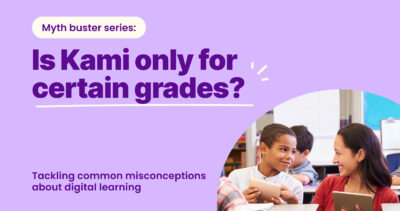Shirin Bradfield
Written by Kami Hero Sanchita Ghosh, Head of History Department at Sanskriti School, New Delhi, India.
Diwali (or Deepavali) is one of the biggest festivals in India. Even though it has its origins in the practices of the Hindu religion, several religious communities participate in the festivities with equal vigor today! It’s a festival of lights, of victory, of good over bad, and triumph of justice over non-righteousness.
As with most Hindu festivals, Diwali does not fall on any fixed date on the calendar. This is because the Lunar Calendar is what determines the dates of festivities. The festival of Diwali is celebrated on the darkest night of the year in the Hindu month of Kartik, which usually falls in the months of October or November. This year, Diwali will be celebrated on October 24.
Diwali is usually a 5-day festival, and each day has unique significance. It commences with Dhanteras and culminates with Bhai Dooj. It’s widely believed that Diwali is the day when the Hindu Goddess of prosperity, Lakshmi, travels to Earth and blesses the people with happiness, wealth, and prosperity. However, the mythology behind the origins of the festival differs across the nation.
Northern India
In the Hindu Epic Ramayana, this is the day when Lord Ram returns with his brother Lakshman and wife Sita, to the city of Ayodhya after 14 long years of exile. The people of Ayodhya light up the entire path with lamps, which is why, even today, people light up their homes with oil lamps and candles to commemorate the happy event.
Eastern India
In eastern India, the Goddess Kali is worshipped on this day. According to legend, there were two demons (Asuras) Shumbha and Nishumbha who were creating trouble in Heaven and on Earth. A battle took place between the King of Gods, Indra, and the demons, and the gods were defeated. It was then that the primordial goddess known by various names such as Parvati or Durga, fought a series of furious battles to defeat these Asuras and their minions.
After destroying the Asuras, the goddess seemed to lose control and in her frenzied state started killing humans. To save the innocent, Lord Shiva (her husband) placed himself before the goddess.
As soon as she stepped on Lord Shiva’s chest she realised her mistake and stuck out her tongue in embarrassment. This momentous event is commemorated in the representation of Kali (the frenzied Parvati) with her foot on Lord Shiva.
Southern India
In southern India, Deepavali is also observed as Naraka Chaturdashi. It celebrates the day when Lord Krishna defeated the demon Narakasura, lifting darkness and bringing light upon the land. In his dying moments, Narakasura realized his wrongdoing and requested Lord Krishna that his death be celebrated by the people as a joyous occasion to represent the triumph of good over evil.
Despite the great diversity of beliefs across India, the celebrations that mark the day are strikingly similar, like the lighting of lamps, cleaning and decorating homes with rangolis and kolams, and bursting fireworks.
Did you know that bursting firecrackers was not part of the original Diwali celebrations? Most historical evidence points out to firecrackers being introduced in Diwali celebrations as late as the Mughal period in India. They were first invented in China where the knowledge spread to other parts of the world, including India, through trade and military contact.
Diwali celebrations worldwide
Diwali is India’s biggest festival and is celebrated with great enthusiasm around the country. But did you know, India isn’t the only place that celebrates the festival of lights?
Although Diwali is largely an Indian festival, it is widely celebrated in other countries including Indonesia, Malaysia, Singapore, Nepal and Fiji. In fact, Diwali is a national holiday in some countries.
Lesson ideas
Geography lesson idea
Why not get your students tracking human migration by examining popular festivals and community practices?
Chemistry lesson Idea
Why not study the chemical compositions of the firecrackers and discover how they explode and create different colors?
Maths lesson idea
In maths, Rangoli patterns are a creative way to discover symmetry, reflection, and tessellation. Get your students to design Rangolis using different mathematical concepts.
Music lesson idea
Listen to the songs in this video and compare the Indian style of singing and instrumentation with the styles prevalent in your own part of the world.
WATCH: Diwali – India’s Festival of Lights
Happy Diwali! Check out some of our Diwali templates in the Kami Library here.
You may also like

Unlocking understanding: Kami’s latest updates designed for every learner

The state of SPED and ELL technology in 2025

